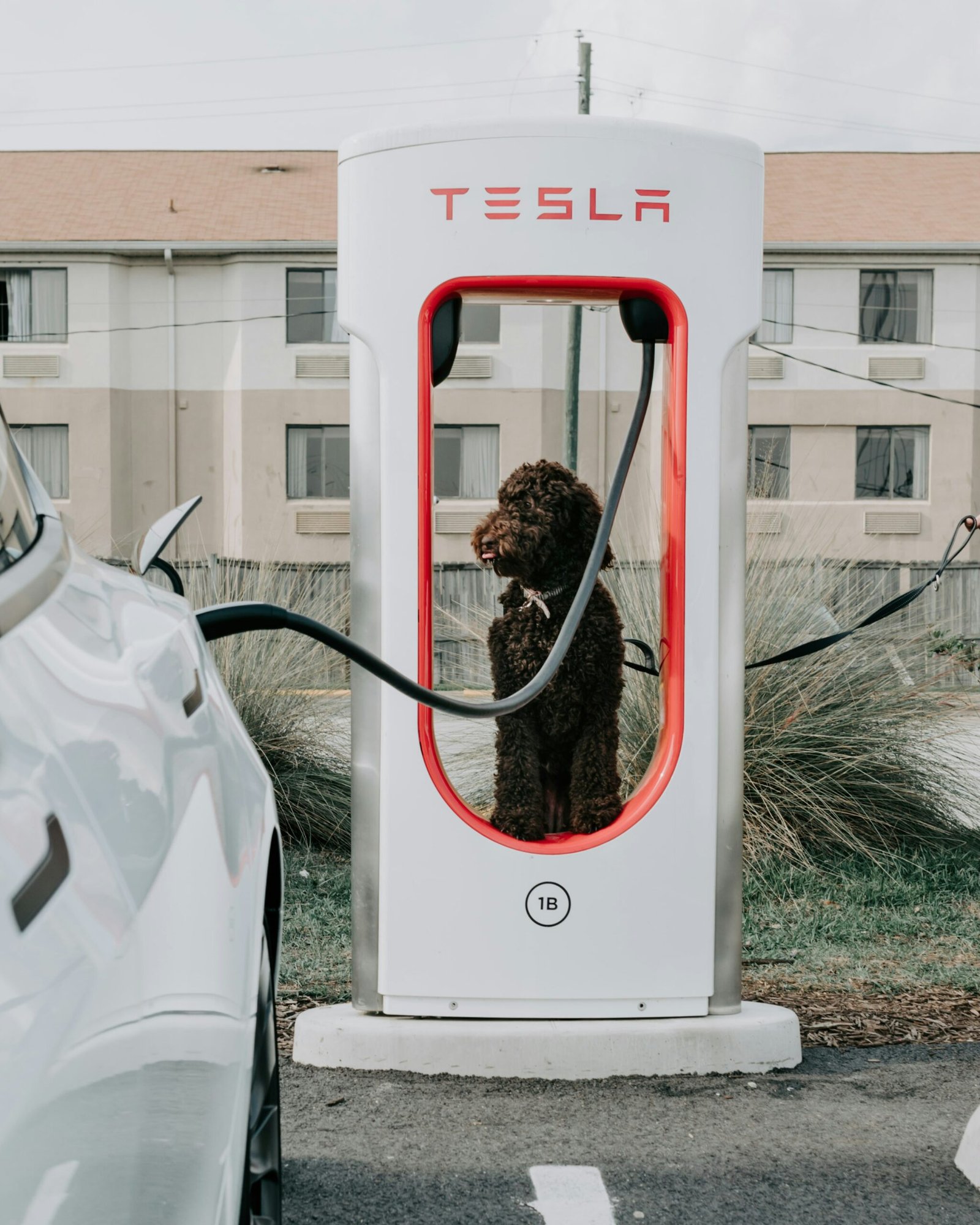Introduction
As technology continues to advance at an astonishing pace, the automotive industry is not far behind. From electric vehicles to autonomous driving, the latest automotive technologies are revolutionizing the way we drive and interact with our vehicles. In this blog post, we will explore some of the most exciting advancements in automotive technology and their potential impact on the future of transportation.
Electric Vehicles
One of the most significant developments in the automotive industry is the rise of electric vehicles (EVs). With concerns about climate change and the need for sustainable transportation options, EVs have gained popularity in recent years. These vehicles run on electric motors powered by rechargeable batteries, eliminating the need for traditional fossil fuels.
EVs offer several advantages over conventional gasoline-powered vehicles. They produce zero tailpipe emissions, reducing air pollution and greenhouse gas emissions. Additionally, electric motors provide instant torque, resulting in quick acceleration and a smooth driving experience. As battery technology continues to improve, the range of EVs is increasing, addressing one of the main concerns of potential buyers.
Furthermore, the growing network of charging stations makes it easier for EV owners to recharge their vehicles on the go. Many countries and cities are also offering incentives such as tax credits and subsidies to encourage the adoption of electric vehicles.
Autonomous Driving
Another groundbreaking technology in the automotive industry is autonomous driving. Autonomous vehicles, also known as self-driving cars, have the potential to revolutionize transportation by eliminating the need for human drivers. These vehicles use a combination of sensors, cameras, and artificial intelligence to navigate and make decisions on the road.
Autonomous driving technology offers numerous benefits, including improved safety, increased efficiency, and reduced traffic congestion. By eliminating human error, which is responsible for the majority of accidents, autonomous vehicles have the potential to save thousands of lives each year. They can also optimize traffic flow by communicating with each other and making real-time adjustments to routes and speeds.
While fully autonomous vehicles are not yet widely available, many automakers are incorporating advanced driver-assistance systems (ADAS) into their vehicles. These systems provide features such as adaptive cruise control, lane-keeping assist, and automatic emergency braking, enhancing safety and convenience for drivers.
Connected Car Technology
Connected car technology is another area of innovation in the automotive industry. With the increasing integration of smartphones and other devices into our daily lives, it’s no surprise that our vehicles are becoming smarter and more connected as well.
Connected car technology allows vehicles to communicate with each other, infrastructure, and the internet. This connectivity opens up a world of possibilities, from real-time traffic updates and navigation assistance to remote vehicle diagnostics and entertainment options.
For example, some vehicles now feature built-in Wi-Fi hotspots, allowing passengers to stay connected on the go. Advanced infotainment systems offer seamless integration with smartphones, providing access to music, navigation, and hands-free calling. Additionally, connected car technology enables vehicle manufacturers to gather data on vehicle performance, driving habits, and maintenance needs, leading to more personalized and efficient services.
Conclusion
The latest automotive technologies are transforming the way we drive and interact with our vehicles. Electric vehicles, autonomous driving, and connected car technology are just a few examples of the advancements that are shaping the future of transportation.
As these technologies continue to evolve and become more accessible, we can expect to see a shift towards cleaner, safer, and more efficient transportation. Whether it’s reducing emissions, improving road safety, or enhancing the driving experience, the latest automotive technologies have the potential to revolutionize the way we move from one place to another.
